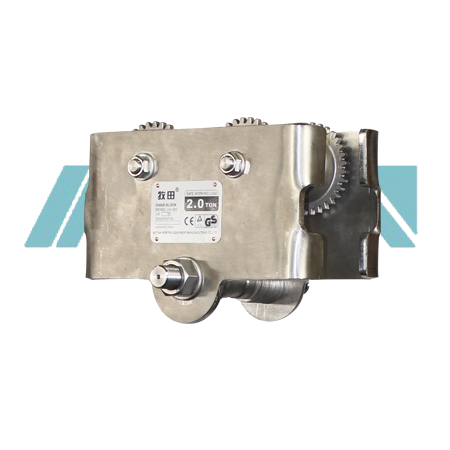 中文版
中文版



Welcome to contact us by phone:0086-0312-7969888
The working hours of a stainless steel hand chain hoist depend on several factors, including the frequency of use, the load capacity, the operating conditions, and the maintenance practices. Here's a breakdown of these factors:
Frequency of Use: The more frequently a stainless steel hand chain hoist is used, the shorter its overall lifespan is likely to be. Continuous or heavy usage can lead to faster wear and tear on the components, reducing the working hours of the hoist.
Load Capacity: The working hours of a stainless steel hand chain hoist can also be influenced by the weight of the loads it is regularly lifting. Hoists operating near or at their maximum load capacity may experience more strain and fatigue on their components, leading to shorter lifespans.
Operating Conditions: The environment in which the hoist operates can significantly impact its working hours. For example, exposure to corrosive substances, extreme temperatures, or harsh weather conditions may accelerate wear and corrosion, reducing the hoist's longevity.
Maintenance Practices: Regular maintenance, including inspections, lubrication, and repairs, can help extend the working hours of a stainless steel hand chain hoist. Proper maintenance ensures that the hoist operates smoothly and efficiently, minimizing the risk of breakdowns and prolonging its lifespan.
While it's challenging to provide an exact number of working hours for a stainless steel hand chain hoist due to these variables, manufacturers typically provide guidelines and recommendations for maintenance intervals and expected lifespans based on average usage patterns. Following these guidelines and implementing proper maintenance practices can help maximize the working hours and overall performance of the hoist. Additionally, monitoring the hoist's condition regularly and addressing any issues promptly can help identify potential problems and prevent premature failure.
X